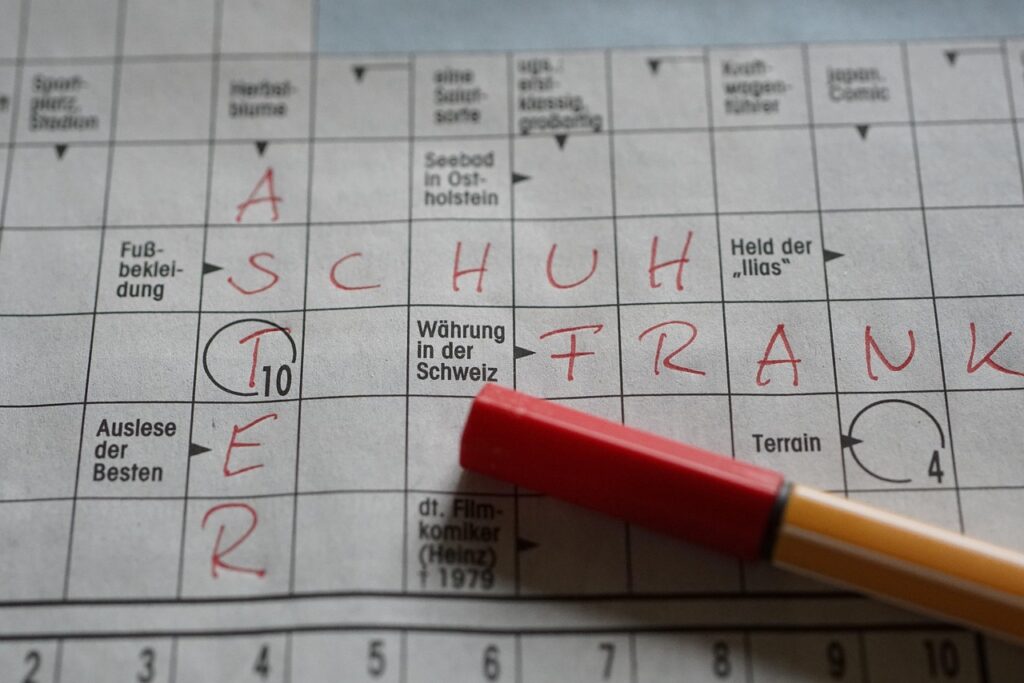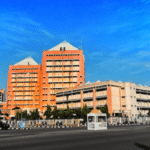The New York Times Crossword is more than a daily diversion; it is a cultural barometer, a chronicle of contemporary language, and an unexpected educator. Each clue, whether straightforward or fiendishly oblique, offers a snapshot of the zeitgeist, reflecting everything from fleeting pop culture references to enduring principles of civics and governance. Among these, clues tied to the mechanics of American democracy carry a unique weight. They transform the solitary act of solving into a moment of civic reflection.
A prime example is the clue often rendered as “voting districts NYT crossword”, whose answer is frequently “WARDS”. At first glance, this may seem like just another entry. But in reality, it underscores the puzzle’s ability to connect wordplay with civic vocabulary, weaving democratic language into everyday entertainment.
This exploration unpacks why such clues appear so often, the civic knowledge they require, and how answers like “WARDS” or “PRECINCTS” fit into the broader narrative of crossword construction and cultural literacy.
The Anatomy of a Crossword Clue: Why “Voting Districts” Appears
The inclusion of electoral terms in the NYT Crossword reflects several defining principles of the puzzle’s editorial approach: a commitment to versatile vocabulary, an educational undercurrent, and a mirror of current events.
1. Foundational Vocabulary and Crossword Architecture
Crosswords thrive on short, vowel-rich words. “WARDS” (5 letters) and “WARD” (4 letters) are ideal building blocks. Their common letters allow for flexible intersections, making them staples of puzzle grids. Thus, a clue like “City voting districts” or “Voting districts NYT crossword” naturally points to “WARDS”, ensuring solvers repeatedly encounter and remember the term.
2. The Puzzle as Civic Educator
The NYT Crossword, under editors like Will Shortz, often embraces an educational role. By inserting civics-related clues, it nudges solvers toward greater political literacy. A young solver who fills in “WARDS” might be prompted to learn more about city councils, while “PRECINCTS” may encourage curiosity about polling places. Each clue doubles as a mini civic lesson disguised as wordplay.
3. Reflecting the National Conversation
Puzzle timing is rarely random. During years when redistricting, gerrymandering, or voting rights dominate headlines, clues tied to voting districts nyt crossword appear more frequently. The crossword subtly echoes the language of the news cycle, embedding civic awareness into its grids.
Beyond “WARDS”: The Civic Lexicon of Crosswords
While “WARDS” remains the most common solution, constructors often expand the vocabulary:
- Precincts – The smallest election unit, often linked to polling stations. A natural counterpart to “wards” in puzzle grids.
- Zones / Areas Less precise but occasionally clued as “Election map divisions.”
- Gerrymander A longer, more pointed entry clued as “Manipulate voting districts” or “Skew electoral maps.” Its inclusion elevates the puzzle from vocabulary drill to political commentary.
Together, these terms form a miniature lexicon of democracy within crossword culture.
The Constructor’s Craft: Balancing Accuracy and Difficulty
Crossword constructors carefully calibrate how civics enters the grid. A Monday clue might be straightforward: “City voting districts.” By contrast, a Saturday clue could be layered, such as: “They’re redrawn after a census” or “Targets of political ‘packing and cracking.’”
This balance ensures both accessibility and intellectual rigor. It also preserves the puzzle’s dual role: entertainment and quiet education.
Solving Strategies: Tackling Civic-Themed Clues
When confronted with a voting districts nyt crossword clue, solvers can sharpen their approach by:
- Relying on crossings – A five-letter entry ending in “S” with a “W” up front? Likely “WARDS.”
- Using civic knowledge – Remember that wards represent subdivisions of a city, while precincts handle ballot administration.
- Considering puzzle day – Early-week grids skew direct; later ones often hide the answer behind clever wordplay.
- Learning from misses – Each wrong guess builds long-term recall. A stumble today is a shortcut tomorrow.
The Bigger Picture: Crosswords, Civics, and Cultural Literacy
The persistence of clues like voting districts nyt crossword demonstrates the crossword’s subtle power to reinforce shared civic vocabulary. At a time when local news is shrinking and political processes can feel opaque, these puzzles keep essential terms “wards,” “precincts,” “gerrymandering” alive in public consciousness.
The act of solving becomes more than entertainment: it’s a form of informal education, a way to embed democratic language into collective memory.
FAQs
Q1: What is the most common NYT Crossword answer for “voting districts”?
“WARDS” is by far the most frequent due to its grid-friendly letters.
Q2: How do “wards” differ from “precincts”?
Wards are larger political subdivisions, often represented by city council members, while precincts are the smallest election units tied to polling locations. Crosswords often use them interchangeably.
Q3: Why does the crossword include so many civic terms?
To reflect real-world language and reinforce public literacy, aligning with the Times’ broader mission of informing readers.
Q4: How can I get better at these clues?
Practice, observe crossing letters, and study related terms like “gerrymander” and “districts.”
Q5: Has clueing style changed over time?
Yes older puzzles tended to be more literal, while modern ones favor wit, wordplay, and cultural references.
Conclusion
The phrase voting districts nyt crossword encapsulates far more than a single answer. It highlights the deliberate intertwining of puzzles, politics, and pedagogy. Whether the entry is “WARDS,” “PRECINCTS,” or the longer “GERRYMANDER,” each clue reinforces civic language in playful, memorable ways.
Every successful solve is, in its own small way, a reaffirmation of democratic literacy. The New York Times Crossword continues to prove that even in moments of quiet entertainment, we are participants in a broader cultural and civic conversation.






